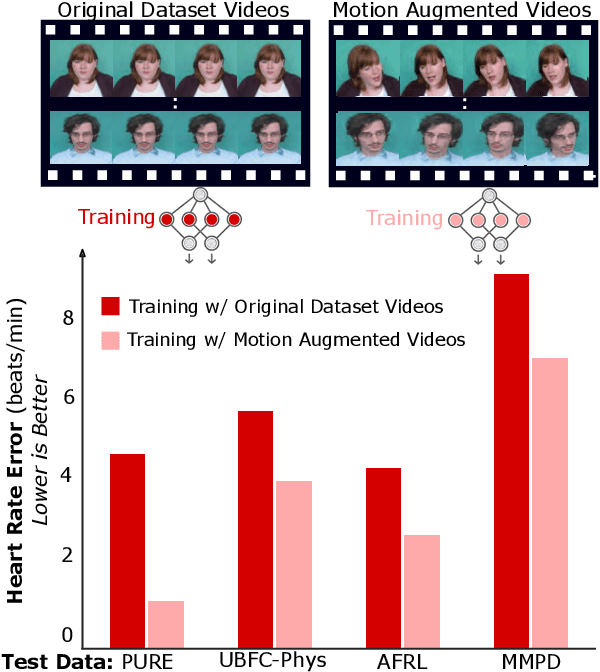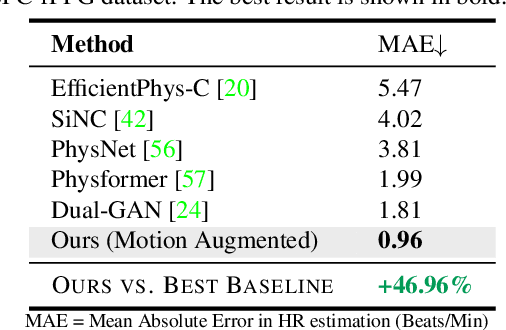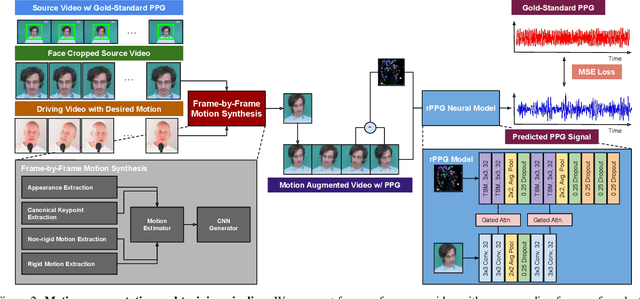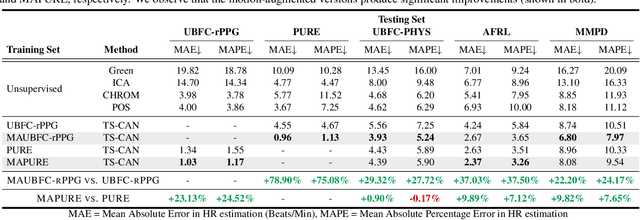Yulu Pan
ExAct: A Video-Language Benchmark for Expert Action Analysis
Jun 06, 2025Abstract:We present ExAct, a new video-language benchmark for expert-level understanding of skilled physical human activities. Our new benchmark contains 3521 expert-curated video question-answer pairs spanning 11 physical activities in 6 domains: Sports, Bike Repair, Cooking, Health, Music, and Dance. ExAct requires the correct answer to be selected from five carefully designed candidate options, thus necessitating a nuanced, fine-grained, expert-level understanding of physical human skills. Evaluating the recent state-of-the-art VLMs on ExAct reveals a substantial performance gap relative to human expert performance. Specifically, the best-performing GPT-4o model achieves only 44.70% accuracy, well below the 82.02% attained by trained human specialists/experts. We believe that ExAct will be beneficial for developing and evaluating VLMs capable of precise understanding of human skills in various physical and procedural domains. Dataset and code are available at https://texaser.github.io/exact_project_page/
BASKET: A Large-Scale Video Dataset for Fine-Grained Skill Estimation
Mar 26, 2025Abstract:We present BASKET, a large-scale basketball video dataset for fine-grained skill estimation. BASKET contains 4,477 hours of video capturing 32,232 basketball players from all over the world. Compared to prior skill estimation datasets, our dataset includes a massive number of skilled participants with unprecedented diversity in terms of gender, age, skill level, geographical location, etc. BASKET includes 20 fine-grained basketball skills, challenging modern video recognition models to capture the intricate nuances of player skill through in-depth video analysis. Given a long highlight video (8-10 minutes) of a particular player, the model needs to predict the skill level (e.g., excellent, good, average, fair, poor) for each of the 20 basketball skills. Our empirical analysis reveals that the current state-of-the-art video models struggle with this task, significantly lagging behind the human baseline. We believe that BASKET could be a useful resource for developing new video models with advanced long-range, fine-grained recognition capabilities. In addition, we hope that our dataset will be useful for domain-specific applications such as fair basketball scouting, personalized player development, and many others. Dataset and code are available at https://github.com/yulupan00/BASKET.
Motion Matters: Neural Motion Transfer for Better Camera Physiological Sensing
Apr 02, 2023



Abstract:Machine learning models for camera-based physiological measurement can have weak generalization due to a lack of representative training data. Body motion is one of the most significant sources of noise when attempting to recover the subtle cardiac pulse from a video. We explore motion transfer as a form of data augmentation to introduce motion variation while preserving physiological changes. We adapt a neural video synthesis approach to augment videos for the task of remote photoplethysmography (PPG) and study the effects of motion augmentation with respect to 1) the magnitude and 2) the type of motion. After training on motion-augmented versions of publicly available datasets, the presented inter-dataset results on five benchmark datasets show improvements of up to 75% over existing state-of-the-art results. Our findings illustrate the utility of motion transfer as a data augmentation technique for improving the generalization of models for camera-based physiological sensing. We release our code and pre-trained models for using motion transfer as a data augmentation technique on our project page: https://motion-matters.github.io/
Extracting Success from IBM's 20-Qubit Machines Using Error-Aware Compilation
Mar 26, 2019



Abstract:NISQ (Noisy, Intermediate-Scale Quantum) computing requires error mitigation to achieve meaningful computation. Our compilation tool development focuses on the fact that the error rates of individual qubits are not equal, with a goal of maximizing the success probability of real-world subroutines such as an adder circuit. We begin by establishing a metric for choosing among possible paths and circuit alternatives for executing gates between variables placed far apart within the processor, and test our approach on two IBM 20-qubit systems named Tokyo and Poughkeepsie. We find that a single-number metric describing the fidelity of individual gates is a useful but imperfect guide. Our compiler uses this subsystem and maps complete circuits onto the machine using a beam search-based heuristic that will scale as processor and program sizes grow. To evaluate the whole compilation process, we compiled and executed adder circuits, then calculated the KL-divergence (a measure of the distance between two probability distributions). For a circuit within the capabilities of the hardware, our compilation increases estimated success probability and reduces KL-divergence relative to an error-oblivious placement.
 Add to Chrome
Add to Chrome Add to Firefox
Add to Firefox Add to Edge
Add to Edge